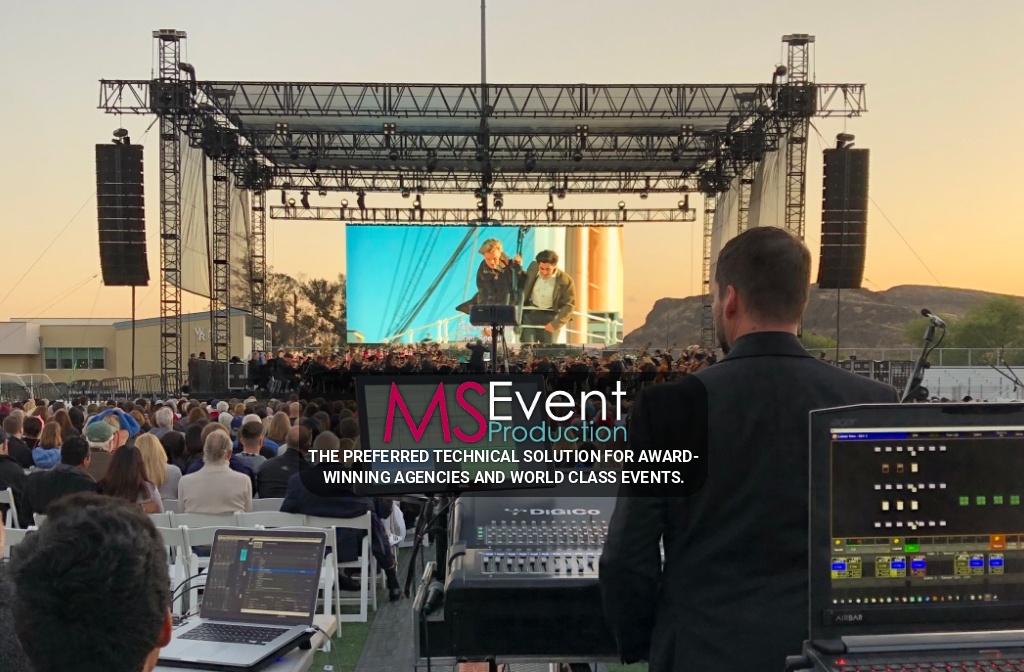Essential Strategies for Guaranteeing Peak Functionality of Light Emitting Diode Video Walls During Live Concerts
Wiki Article
LED display screens are growing increasingly popular for real-time events, such as concerts, meetings, and sports events. These massive screens provide lively images that can enhance the spectators' experience. However, to guarantee optimal performance during these events, it is crucial to apply particular tactics. This article will explore 5 essential tactics that can help preserve the standard and dependability of Light Emitting Diode video walls during real-time performances.
Firstly and most importantly, proper setup is crucial for the performance of Light Emitting Diode video screens. The installation should be done by qualified professionals who comprehend the technological requirements of the gear. This entails making sure that the video screen is securely installed and that all connections are properly made. Additionally, the site of the video screen should be thoughtfully chosen to avoid direct sunlight, which can cause reflection and impact visibility. A thought-out installation will help avoid technical problems and ensure that the display wall operates seamlessly throughout the event.
An additional crucial tactic is to conduct comprehensive testing before the performance begins. This includes running the display wall through multiple scenarios to verify for any potential problems. Technicians should check the brightness, hue accuracy, and clarity of the display. It is also important to check the audio-visual alignment, especially for performances that feature video presentation. By identifying and resolving any issues in prior, performance organizers can prevent disruptions during the live performance and ensure a smooth experience for the spectators.

In furthermore to installation and checks, having a backup strategy is vital for the effectiveness of LED display screens. Technical malfunctions can happen unexpectedly, so it is crucial to be prepared. Performance organizers should have spare gear on hand, such as spare Light Emitting Diode panels and cables. Furthermore, having a skilled expert available during the event can help promptly resolve any problems that may occur. This proactive method can minimize interruptions and keep the event operating smoothly, ensuring that the spectators remains involved.
A further strategy to think about is the use of appropriate original site material for the LED video wall. The images displayed should be top-notch and relevant to the event. This means using graphics and footage that are specifically created for large displays. Material should be tested to make sure it looks well on the video screen and is simple to read from a far. Engaging visuals can enhance the overall experience and maintain the audience's attention on the event.
Lastly, regular maintenance of the Light Emitting Diode video screen is crucial for sustained functionality. After each performance, specialists should examine the gear for any signs of wear or degradation. Wiping the screens and verifying links can help avoid future issues. Additionally, keeping software and firmware up to date ensures that the display wall functions efficiently. By prioritizing upkeep, performance organizers can extend the lifespan of their LED video screens and ensure they are always ready for the next real-time performance.
In conclusion, guaranteeing optimal performance of Light Emitting Diode video screens during real-time performances requires meticulous preparation and implementation. By concentrating on proper installation, thorough testing, having a backup plan, using appropriate content, and regular maintenance, event organizers can create a successful and engaging experience for their spectators. These tactics not only enhance the visual impact of the event but also contribute to its total effectiveness.